Key Takeaways:
- Understand the four primary types of serves in tennis: flat, slice, kick, and underhand.
- Learn the distinct mechanics and strategic uses of each serve to enhance your game.
- Discover how to execute each serve with proper technique to gain a competitive edge.
Tennis is a game of precision, power, and strategy, with the serve being a fundamental aspect that can set the tone for the entire point. Knowing what are the four types of serves in tennis is crucial for any player looking to gain an advantage on the court.
Whether you're a beginner or an advanced player, mastering the different types of tennis serves can give you a considerable advantage over your opponent.
The Flat Serve: Power and Precision
The flat serve is often seen as the power serve among the types of tennis serves. It's the fastest serve a player can deliver, making it a favorite for the first serve.
The key to a successful flat serve is the contact point where the racquet hits the ball flat, transferring maximum body weight into the shot. This serve travels in a straight line, with minimal spin, making it harder for the opponent to react.
Professional players use the flat serve to gain easy points with its speed. However, it comes with a risk of a higher double fault rate due to the lower margin for error over the net.
The flat serve requires a fluid motion and a strong upper body to hit high speeds. When executed correctly, it can be a big advantage, leaving the opposing player with little time to set up for a return.
Slice Serve: Adding a Twist
Slice serves introduce spin to the ball, causing it to curve through the air and skid off the court. This serve is hit with a side motion, where the racquet head brushes the ball at an angle, imparting lateral spin.
The slice serve is an effective serve to pull the opponent wide off the court or to target the opponent's backhand, often considered a weaker side.
For advanced players, the slice serve can be a strategic weapon. It's not only about the pace but also about placement and the element of surprise.
By making the ball curve away from the opponent, players can open up the court for the next shot. The slice serve is also less power-intensive, making it a consistent serve for the second serve, reducing the chances of a double fault.
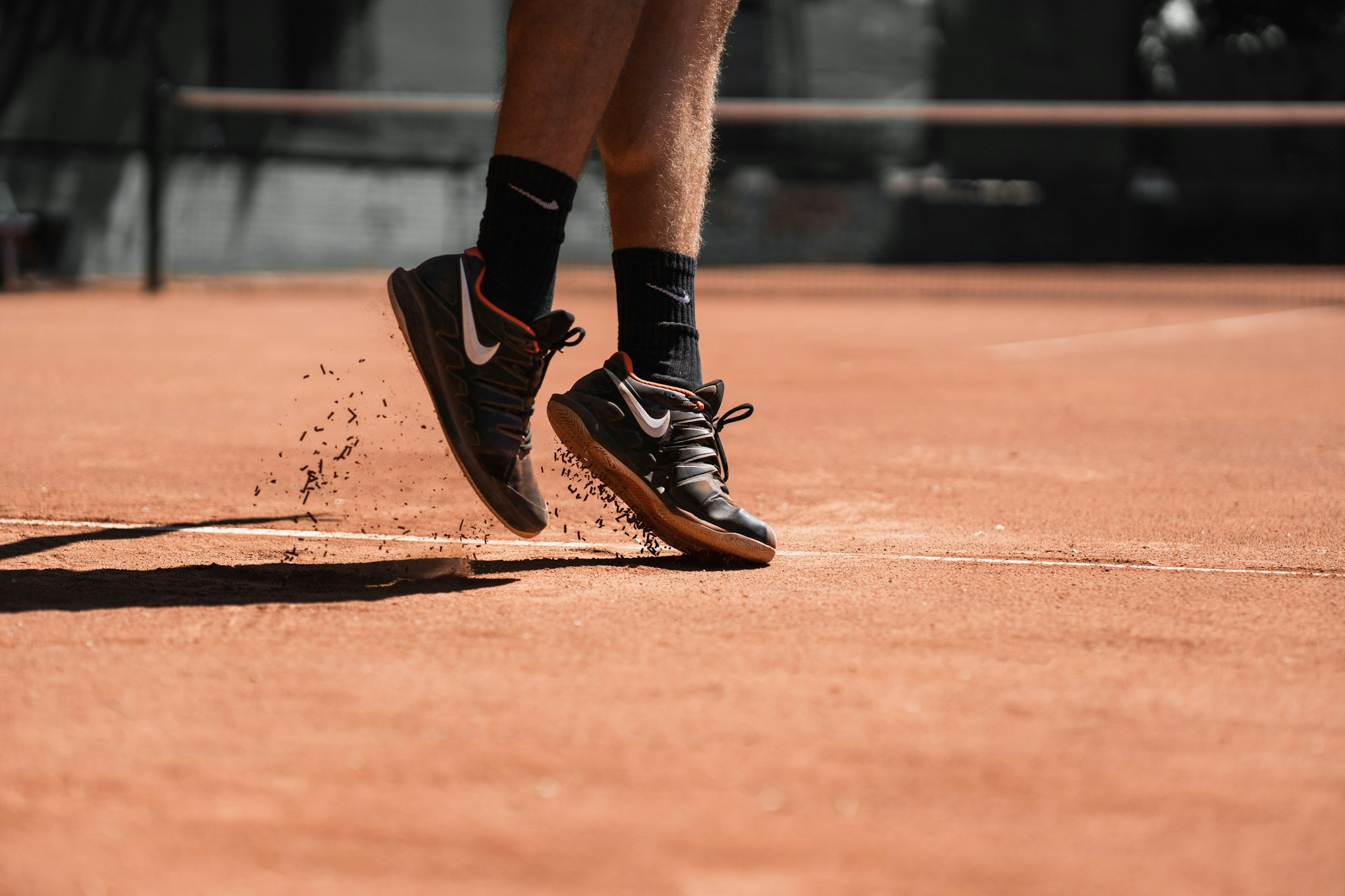
Kick Serve: Bounce and Spin
Kick serves, also known as spin serves, are characterized by their high bounce and topspin. The ball is tossed slightly behind and to the left side (for right-handed players), and the racquet snaps up the back of the ball, creating a heavy topspin.
This serve technique causes the ball to kick up high after it hits the ground, potentially pushing the opponent back and making the return more difficult.
The kick serve is a favorite second serve among tennis players because it offers more margin for error over the net and can be a slower serve, giving the server time to transition into the next shot. It's particularly effective against opponents who struggle with high-bouncing balls or prefer to stay close to the baseline.
The kick serve can also be directed to the opponent's body, jamming them and eliciting a weaker return.
The Underhand Serve: The Element of Surprise
The underhand serve is often overlooked but can be a strategic play, especially when an opponent is standing far behind the baseline expecting a traditional serve. This serve is hit with less power and at a slower pace, typically using a forehand grip.
The ball is dropped low and hit high, just clearing the net and landing softly in the service box.
While some may view the underhand serve as unsportsmanlike, it's a legal and valid tactic recognized by the International Tennis Federation. It keeps the opponent guessing and can disrupt their rhythm.
This serve is not commonly used by professional players, but it can be a smart play in certain situations, such as when facing an injury or when the opponent is not adept at moving forward quickly.
Serve Technique: The Foundation of a Good Serve
A consistent and effective serve starts with the right technique. The serving motion involves a complex coordination of body segments, from the tossing arm to the front foot. The continental grip is typically used for all types of serves, allowing for a range of motion necessary for different spins.
The starting position is also crucial, with the platform stance and pinpoint stance being the two main options for players.
The service motion should be one fluid motion, with the weight transferring from the back leg to the front leg as the ball is tossed. The contact point is the highest point the player can comfortably reach, ensuring the ball hits the sweet spot of the racquet.
A common mistake is not using the entire body to generate power, relying solely on the arm, which can lead to less effective serves and potential injuries.
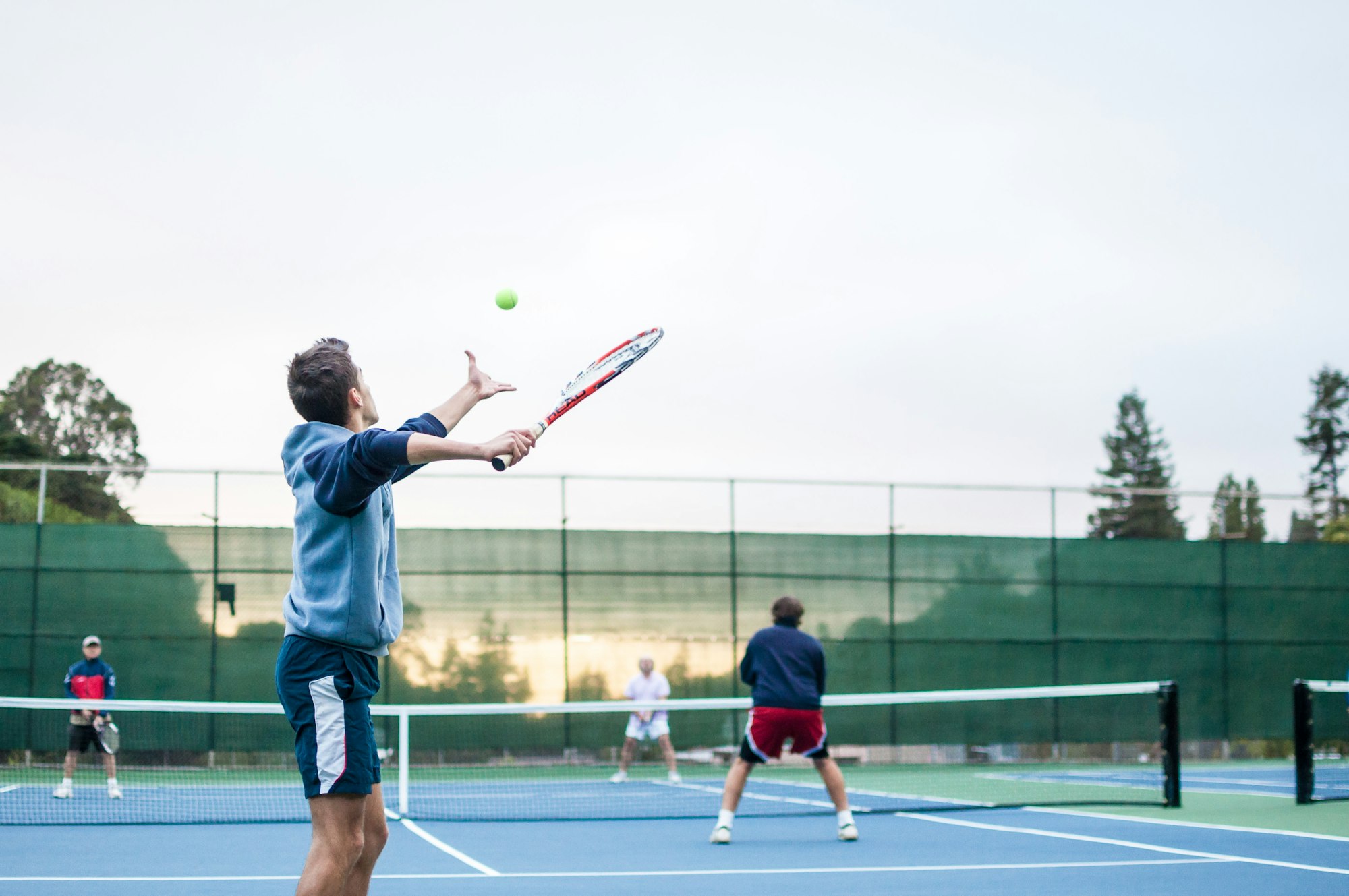
First Serve vs. Second Serve: Strategy and Mindset
The first and second serve in tennis carry different expectations and strategies. The first serve is an opportunity to be aggressive and aim for a power serve, putting immediate pressure on the opponent.
The second serve, however, requires more caution, as a double fault would give away a point. Players often opt for a slower serve with more spin to ensure the ball lands in the service box.
Advanced players will vary their serves to keep the opponent off-balance. Mixing up flat serves with slice or kick serves can make it difficult for the opponent to anticipate and settle into a return rhythm.
The goal is to use the first serve to gain an advantage and the second serve to stay in the point, avoiding easy points for the opponent.
Serve Grip: The Continental Serve Grip
The continental serve grip is the most versatile grip for serving. It allows for a range of serves, from flat to slice to kick, without changing the grip during the service motion.
This grip places the base knuckle of the index finger on bevel 2 of the racquet handle, which is ideal for hitting the ball at different angles for various spins.
Using the continental grip can feel unnatural for beginners who are used to the forehand grip, but it's essential for developing a good serve.
It provides the necessary wrist flexibility and racquet head control to execute all types of serves effectively. Transitioning to this grip is a critical step for players looking to improve their serving game.
Service Box: Targeting the Right Spot
The service box is the area where a legal serve must land. It's divided into two halves by the center service line, and the correct half depends on the side from which the serve is made.
Aiming for different parts of the service box can be a tactical decision, whether it's hitting wide to pull the opponent off the court or aiming for the body to jam them.
A good serve targets the service box with precision, making it difficult for the opponent to predict where the ball will land. Practicing serve placement is as important as developing power and spin.
By varying the depth and width of serves within the service box, players can keep their opponents on their toes and control the pace of the game.

Traditional Serves: The Timeless Techniques
Traditional serves in tennis have stood the test of time, offering players a reliable foundation from which to build their serving strategy. These serves often involve a player positioning their foot forward towards the net, shifting their weight forward to generate momentum.
The tennis ball is typically struck with an eastern grip, allowing for a blend of control and power. This technique has been used by generations of players and continues to be a staple in the game.
When executing traditional serves, players aim to keep their back foot behind the baseline to avoid a foot fault, a common mistake that can cost valuable points.
By keeping the court open and targeting the opposite side of the opponent's body, the server can effectively place the ball away from the opponent's backhand, a strategy that can set the tone for the point and potentially the entire match.
Serve Dynamics: The Physics of Power and Placement
Understanding the dynamics behind a powerful serve can give players a tremendous amount of advantage on the court. The serve is not just about raw power; it's about the intricate balance between force, angle, and spin.
By driving their weight forward and transferring energy from the back foot through to the ball, players can maximize the velocity of their serve, making the opponent's return more challenging.
The placement of the serve is equally critical. Aiming for the corners of the service box can keep the opponent off-balance and open up the court for the next shot.
By varying serves between the opponent's body and the extremities of the service box, players can create a pattern of unpredictability, making it harder for opponents to anticipate and effectively return the serve.
This combination of power and placement is what makes the serve such a formidable weapon in tennis.
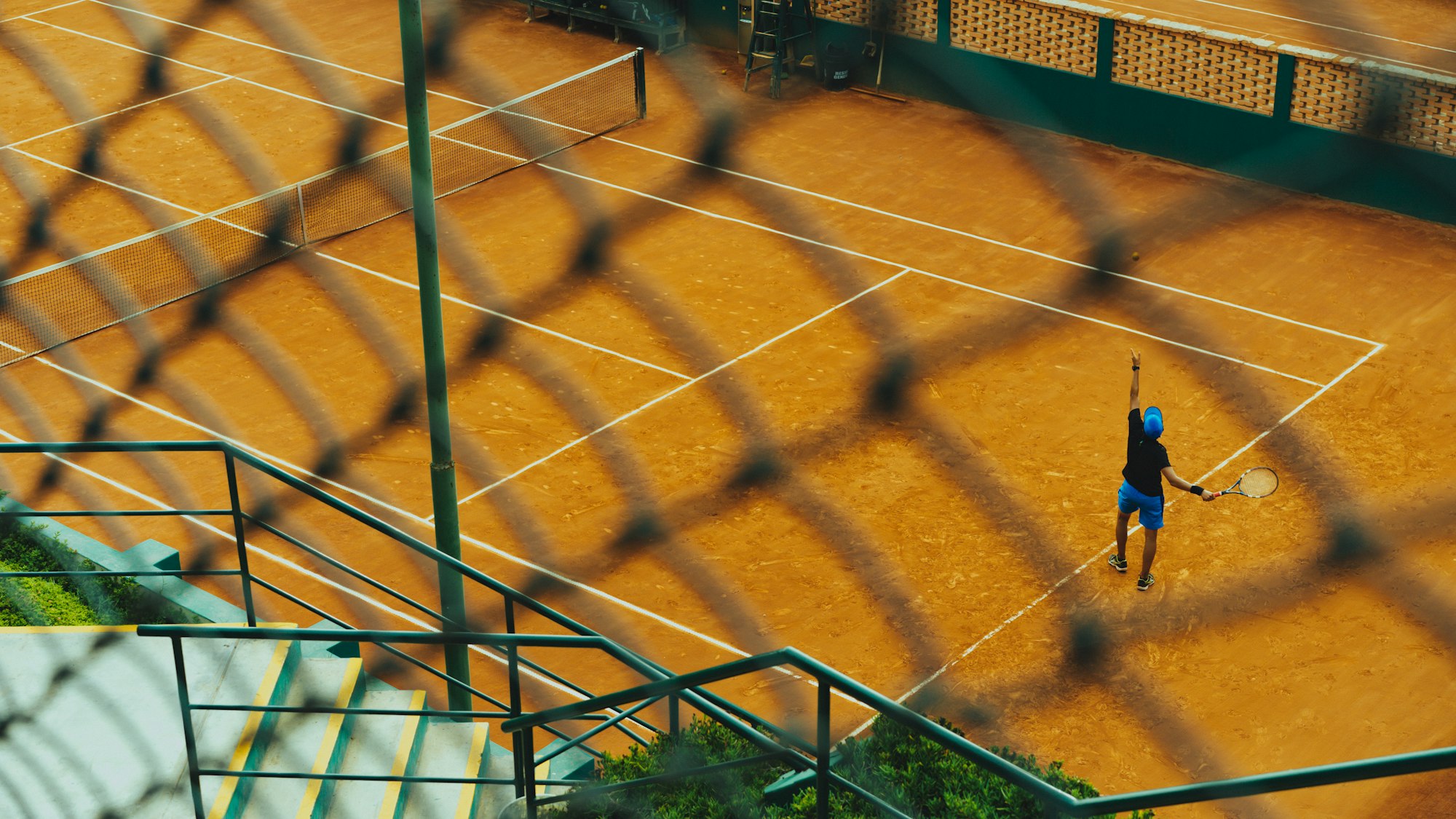
The Importance of the Toss
The ball toss is a critical component of the serve that sets up the type of serve being executed. A consistent toss leads to a consistent serve. The height of the toss depends on the type of serve; for example, a higher toss is needed for a kick serve to allow the ball to drop into the correct hitting zone.
Conversely, a flat serve may require a lower toss to hit the ball at its peak.
The tossing arm should extend fully, releasing the ball high enough to hit at the highest point of the server's reach. The ball should be released from the fingertips rather than the palm to reduce variability.
A common mistake is tossing the ball too far forward or backward, which can throw off the entire serving motion and result in a less effective serve.
Stance and Body Positioning
The stance a player adopts during the serve can influence the power and accuracy of the serve. The platform stance keeps the feet apart throughout the serve, providing a stable base and allowing for consistent weight transfer.
The pinpoint stance starts with the feet apart but brings them together as the serve is executed, which can generate more power but requires greater balance.
Body positioning is also key to a good serve. The server should start with their body sideways to the net post, with the front foot pointing towards the front corner of the service box.
As the serve is executed, the body uncoils, with the hips and shoulders rotating into the shot. This rotation helps generate power and directs the ball towards the intended target in the service box.
Serve Speed: The Fastest Serve
While a fast serve can be a big advantage, it's not just about speed; placement and spin are equally important. The fastest serve recorded in professional tennis was over 160 mph, but such speeds are not necessary to win points.
A well-placed serve at a moderate speed can be just as effective, if not more so, than the fastest serve.
To generate speed, players must use their entire body, not just the arm. The kinetic chain, which involves the sequential movement of body segments, is crucial for transferring energy from the ground up through the body and into the ball.
A fluid motion that incorporates the legs, hips, torso, and arm will result in a more powerful serve without excessive strain on any one body part.
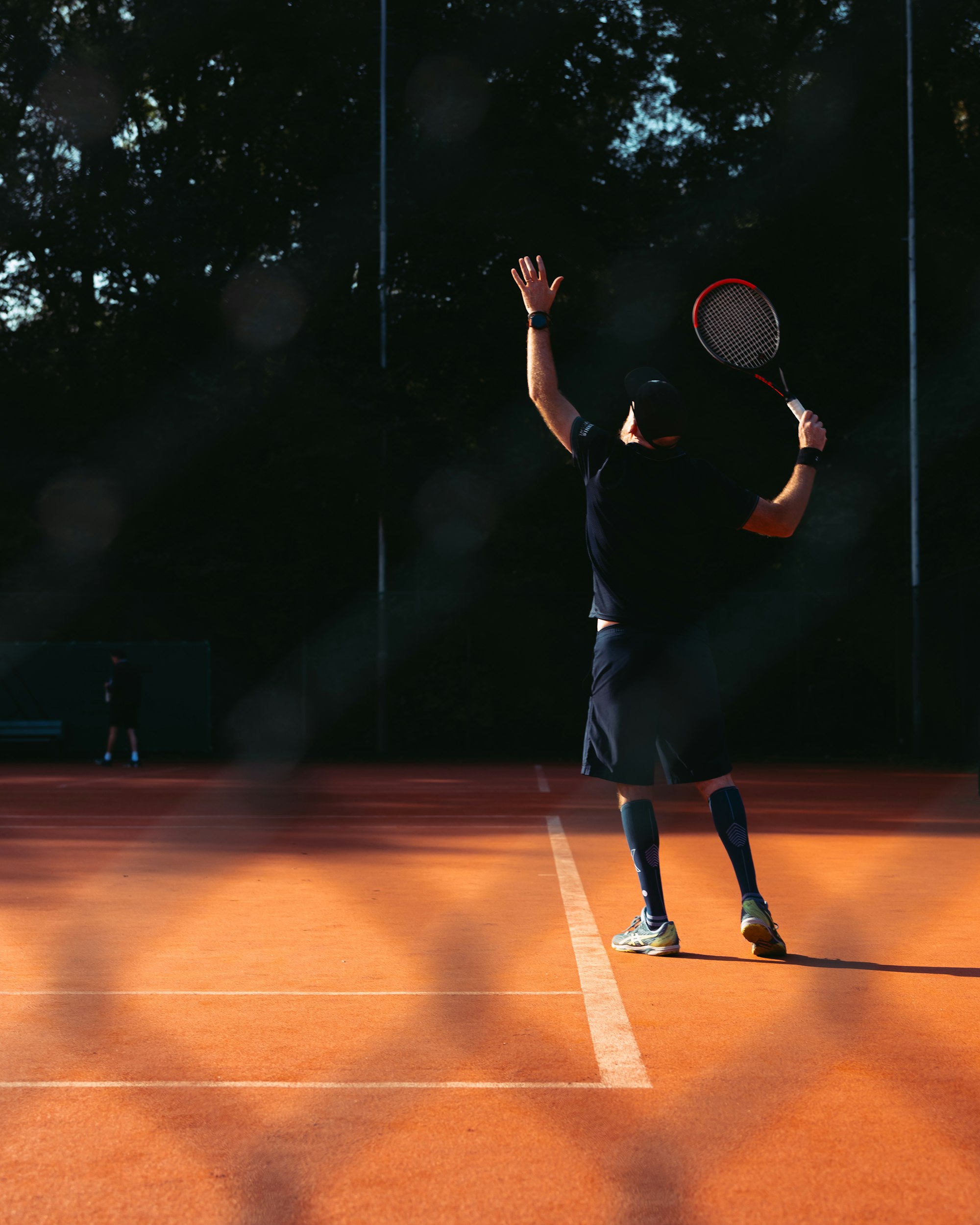
Serve Consistency: The Key to a Reliable Serve
Consistency in serving is vital for maintaining pressure on the opponent and avoiding giving away free points through double faults. A consistent serve requires practice and a focus on the fundamentals of serve technique.
Players should aim to develop a service motion that can be replicated reliably under the pressure of match play.
One way to improve serve consistency is to practice serving drills that focus on hitting specific targets in the service box. By repeating these drills, players can develop muscle memory for the correct serving motion and improve their ability to place the serve where they want it.
Consistency also comes from mental focus and the ability to stay calm and execute the serve even when under pressure.
Serve Strategy: Keeping the Opponent Guessing
A smart serve strategy involves varying the types of serves and their placement to keep the opponent guessing. By mixing up flat, slice, and kick serves, a player can prevent the opponent from anticipating the serve and setting up for a strong return.
Targeting different areas of the service box can also disrupt the opponent's return position and create opportunities for winning the point.
Serve strategy should also take into account the opponent's strengths and weaknesses. For example, if an opponent has a weak backhand return, serving wide to the backhand side can exploit that weakness.
Similarly, if an opponent stands far back from the baseline, a well-placed underhand serve can catch them off guard. Adapting serve strategy based on the match situation and the opponent's tendencies can be a key factor in winning points and games.
Serve and Volley: An Aggressive Play
The serve and volley is a traditional serve strategy where the server follows the serve to the net to volley the return. This aggressive play puts immediate pressure on the opponent to hit a precise return.
The serve and volley tactic is most effective with a strong first serve that forces a weak return, allowing the server to put away the volley easily.
While the serve and volley strategy is less common in modern tennis, it can still be an effective surprise tactic, especially on faster surfaces like grass. Players who are comfortable at the net and have strong volleying skills can use this strategy to their advantage, keeping their opponents on the defensive and dictating the pace of the point.
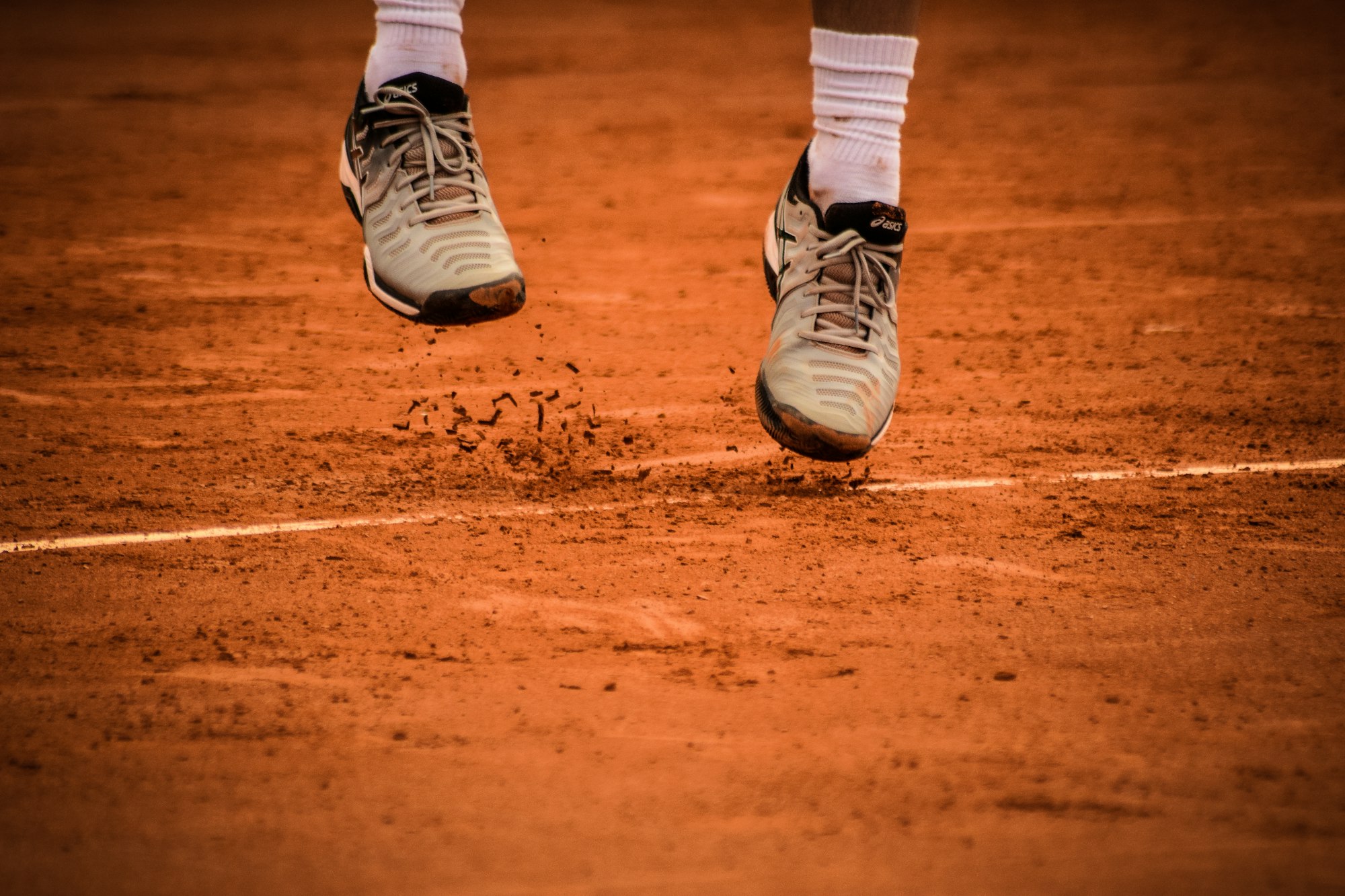
Serve Practice: Drills for Improvement
Practice is essential for improving all types of tennis serves. Drills can focus on various aspects of the serve, such as power, placement, spin, and consistency.
One effective drill is to place targets in different areas of the service box and practice hitting them with various serves. Another drill involves serving from different positions on the baseline to simulate match situations.
Practicing serves regularly, both in isolation and within match play scenarios, helps players develop confidence in their serve. Recording serves on video can also provide valuable feedback on serve technique and areas for improvement.
Working with a coach or hitting partner can provide additional insights and guidance on how to refine the serve for better performance in matches.
Serve Recovery: Transitioning to the Next Shot
After executing the serve, it's important to recover quickly and be ready for the return. The server should land on the front foot after making contact with the ball and immediately shift into a balanced ready position.
This allows the server to react to the return, whether it's moving to volley at the net or transitioning to the baseline for a groundstroke.
Serve recovery also involves anticipating the opponent's return and being prepared to cover the court.
A well-executed serve can often dictate the opponent's return options, allowing the server to anticipate and position themselves effectively for the next shot. Good recovery and anticipation can turn a strong serve into a winning point.
Common Serve Mistakes to Avoid
Common serve mistakes can hinder a player's effectiveness on the court. One mistake is not using the legs enough during the serve, which can reduce power and lead to arm fatigue. Another mistake is an inconsistent ball toss, which can throw off the timing and accuracy of the serve.
Additionally, failing to follow through with the serving motion can result in a lack of power and control.
Players should also be aware of the rules regarding foot faults, which occur when the server steps on or over the baseline before making contact with the ball.
Practicing good footwork during the serve can prevent foot faults and ensure that serves are legal. Avoiding these common mistakes through practice and attention to technique can lead to a more reliable and effective serve.

Some Final Thoughts
The serve is a critical shot in tennis that can set the stage for dominance in a match. Understanding and mastering the four types of serves—flat, slice, kick, and underhand—is essential for players at all levels.
Each serve offers unique advantages and can be used strategically to challenge opponents and win points.
By focusing on serve technique, consistency, and strategy, players can develop a formidable serve that becomes a key weapon in their arsenal.
FAQ's
What is the most important aspect of a good tennis serve?
The most important aspect of a good tennis serve is consistent technique, which includes a proper grip, stance, ball toss, and fluid motion. Consistency ensures reliability under pressure and is the foundation of an effective serve.
Can beginners use all four types of serves in tennis?
Yes, beginners can learn all four types of serves—flat, slice, kick, and underhand. However, it's important to master the basic serve technique before attempting more advanced serves like the kick serve.
How can I improve my tennis serve?
To improve your tennis serve, practice regularly with a focus on technique, placement, and consistency. Use drills to target specific areas of improvement, and consider working with a coach for personalized feedback. Also, watch and analyze professional players' serves to understand different serve styles and strategies.



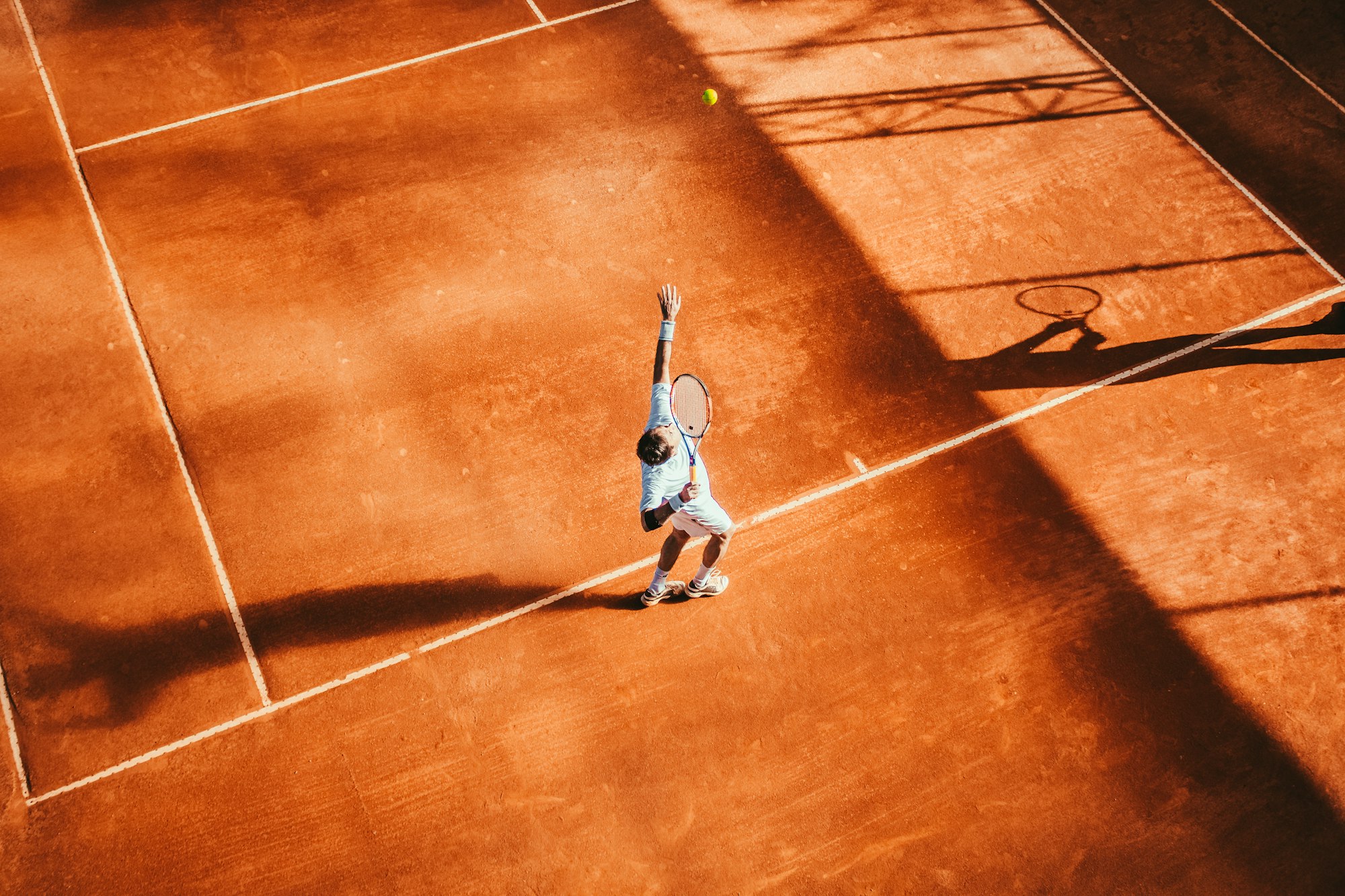




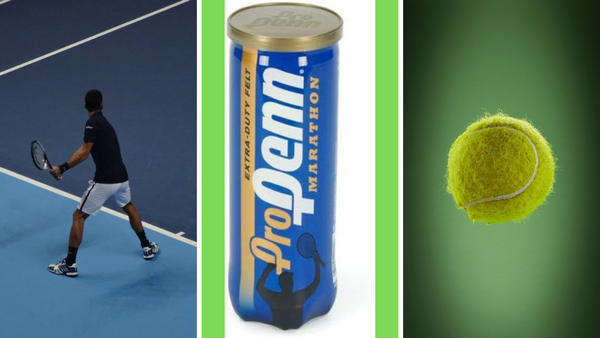
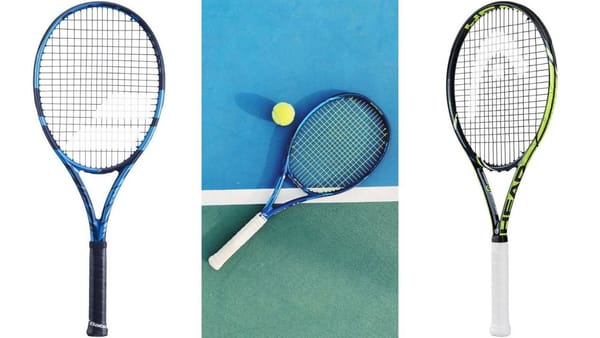
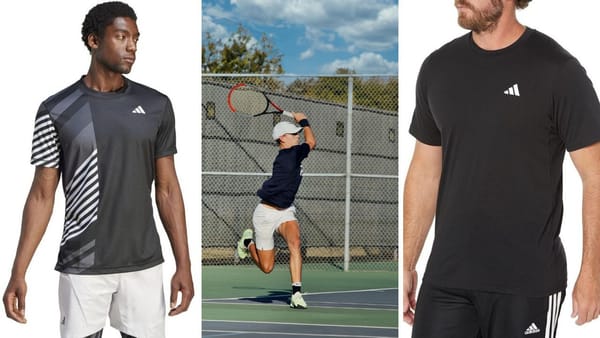

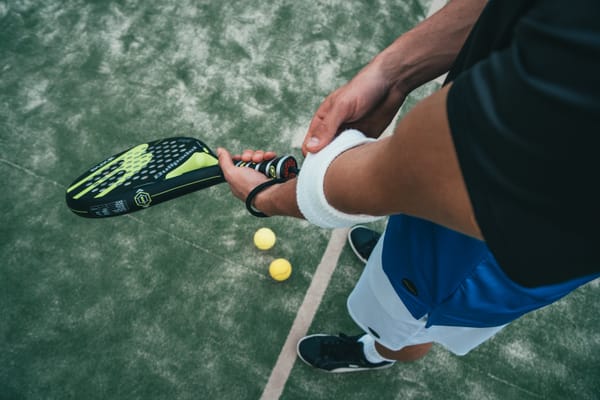
Member discussion